
Browse an alphabetical list of photographs. These historical images portray people, places, and events before, during, and after World War II and the Holocaust.
<< Previous | Displaying results 151-171 of 171 for "Photo" | Next >>
Display from "Der ewige Jude" (The Eternal Jew), a Nazi antisemitic exhibit which claimed that Jews heavily dominated the German performing arts. A phrase at the top of the display states "Shameless Entertainment." Berlin, Germany, November 11, 1938.
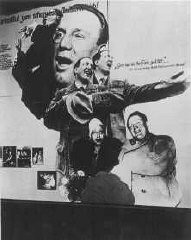
A Hochheim parade float proceeds down the Kirchstrasse, passing by a display box for Der Stürmer, an antisemitic newspaper. The display box bears the slogan, "Without a solution to the Jewish question, there is no salvation for the German people." Hochheim am Main, Germany, circa 1934–1940.
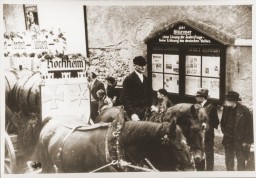
Djakovo camp, where Croatian Jews were imprisoned and killed, was located in this former flour mill. Yugoslavia, wartime.
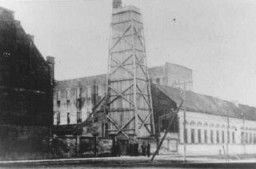
Document issued by the Regional Agricultural Mercantile Cooperative in Busko-Zdroj certifying that Bronislawa Tymejko (the false identity of Sophie Schwarzwald's mother, Laura Schwarzwald) was employed by the cooperative, dated November 1942.
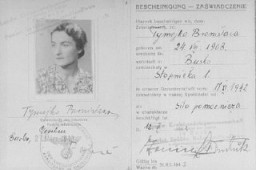
View of the mimeograph room in the Palace of Justice at Nuremberg after the transcripts on the sentencing of the defendants in the High Command Case had been run off. The reproduction of documents during the Nuremberg trials, often in four languages, was a huge logistical challenge. Nuremberg, Germany, 1948. (Source record ID: A65III/RA-121-D)

Four of Norman's sisters, the maid, and Norman's mother, Esther, do laundry in the yard of their home. Kolbuszowa, Poland, 1934.
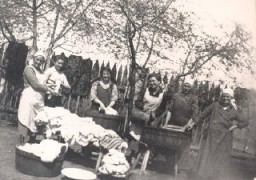
In 1942, seven-year-old Inge Auerbacher was deported with her parents to the Theresienstadt ghetto. She brought along this doll, named “Marlene” after German actress Marlene Dietrich, which her grandmother had given her. It would remain with Inge throughout her three years of imprisonment in the ghetto.
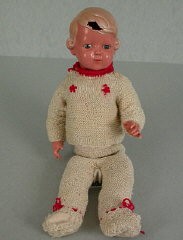

Displaced persons (DPs), Lusia Gliklich (left) and Andzia Dell, stand beside the sign in front of the Düppel Center DP camp, also called Schlachtensee.
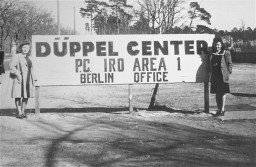
Dr. Fritz Klein stands among corpses in a mass grave at Bergen-Belsen, after the liberation of the camp. He was required to assist in the burial of inmates who died there. Klein was a camp doctor at both Auschwitz and Bergen-Belsen. Germany, after April 15, 1945.

Dr. Joseph Jaksy, who rescued 25 Jews during the war. He provided them with hiding places, money, medicine and forged identification papers. Jaksy was named "Righteous Among the Nations." Czechoslovakia, prewar.
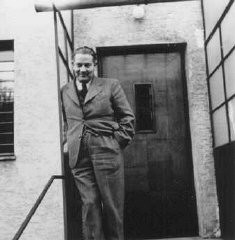
Portrait of Dr. Mohamed Helmy. Helmy was an Egyptian physician living in Berlin. He worked together with Frieda Szturmann, a local German woman, to help save a Jewish family.
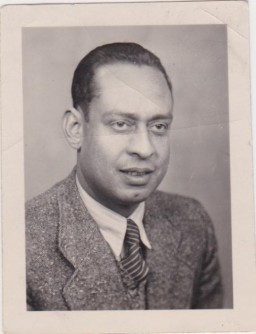
Dr. Mohamed Helmy and his wife, Emmi Ernst. During the Nazi era, they were forbidden from marrying because Dr. Helmy was not an Aryan. They were finally able to marry after the end of World War II.
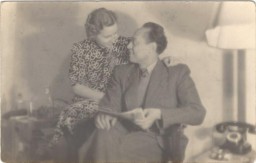
Dr. Robert Ritter and Eva Justin examine a young boy interned in a Zigeunerlager (“Gypsy camp”). Cologne, Germany, c. 1937-1940. During the Nazi era, Dr. Robert Ritter was a leading authority on the racial classification of people pejoratively labeled “Zigeuner” (“Gypsies”). Ritter’s research was in a field called eugenics, or what the Nazis called “racial hygiene.” Ritter worked with a small team of racial hygienists. Among them were Eva Justin and Sophie Ehrhardt. Most of the people…

Dr. Robert Ritter talks to several residents in a Zigeunerlager ("Gypsy camp"). Hamburg, Germany, 1940. During the Nazi era, Dr. Robert Ritter was a leading authority on the racial classification of people pejoratively labeled “Zigeuner” (“Gypsies”). Ritter’s research was in a field called eugenics, or what the Nazis called “racial hygiene.” Ritter worked with a small team of racial hygienists. Among them were Eva Justin and Sophie Ehrhardt. Most of the people whom Ritter studied and…
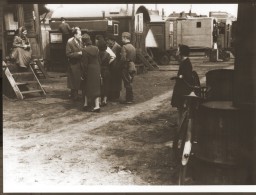
A dress worn by hidden child in Baarn, the Netherlands. The dress was donated to the United States Holocaust Memorial Museum in 2002 by Vera Waisvisz-Reiss.
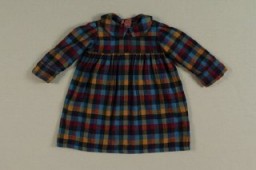
A farmer and his sons walk in the face of a dust storm. Cimarron County, Oklahoma. 1936
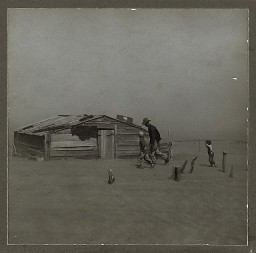
Dutch Jews who have recently arrived in the Theresienstadt ghetto. Czechoslovakia, February 1944.
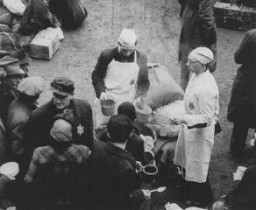
Semmy Woortman-Glasoog with Lientje, a 9-month-old Jewish girl she hid. Woortman-Glasoog was active in a network which found foster homes, hiding places, and false papers for Jewish children. She was later named "Righteous Among the Nations." Amsterdam, the Netherlands, between 1942 and 1944.

Dutch Seventh-day Adventist Johan Weidner headed the rescue organization "Dutch-Paris," which smuggled Jewish refugees into Switzerland and Spain. France, ca. 1940.
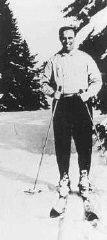
A man works outside his family's dwelling in a Roma (Gypsy) encampment in the city of Haarlem. The Netherlands, October–November 1940.
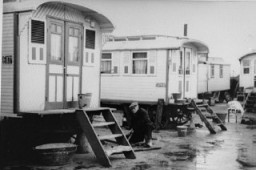
We would like to thank Crown Family Philanthropies, Abe and Ida Cooper Foundation, the Claims Conference, EVZ, and BMF for supporting the ongoing work to create content and resources for the Holocaust Encyclopedia. View the list of donor acknowledgement.